Медвежьи танцы в Румынии, которые должны отогнать злых духов. ФОТО
24.11.2015 в 14:30
Для человека постороннего зрелище танцующих в маленьком румынском городке медведей с большими алыми кисточками может показаться дико странным. Однако для жителей этого местечка приход медведей — время радоваться.
Обычно это случается между Рождеством и Новым годом. В этот раз мистическую церемонию с участием людей в медвежьих шкурах запечатлел нью-йоркский фотограф Диана Зейнеб Альхиндави.
Женщины и мужчины в костюмах медведей шествуют по улицам городка Мойнешти. Их сопровождают барабанщики. Танцоры хорошо проводят время и расслабляются — курят сигареты, пьют алкоголь и даже целуются. Танец медведей по идее должен отогнать злых духов.
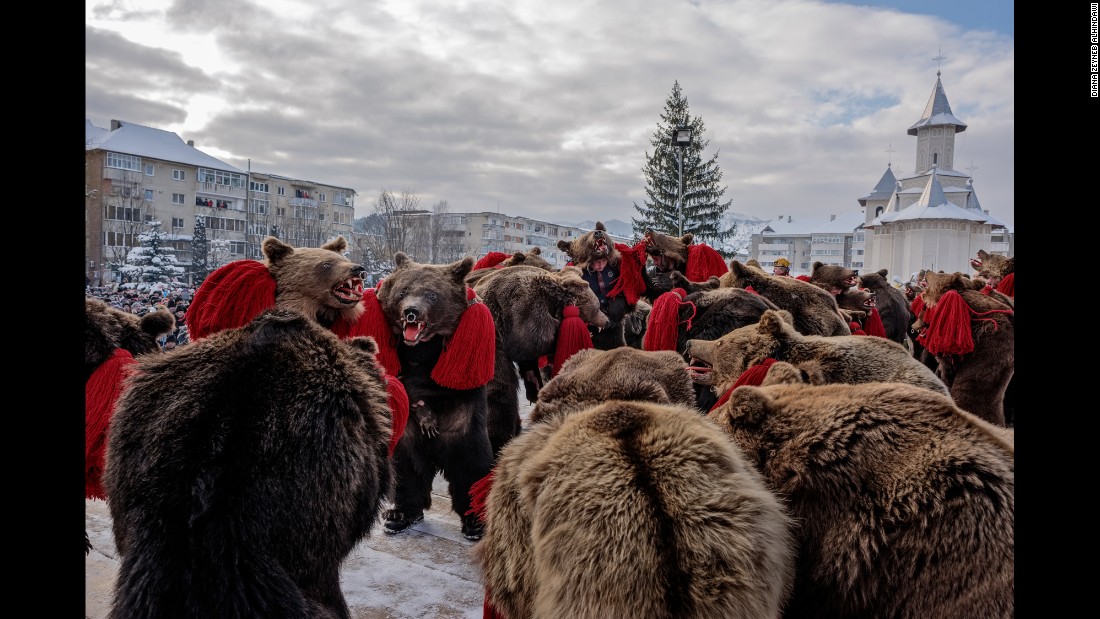
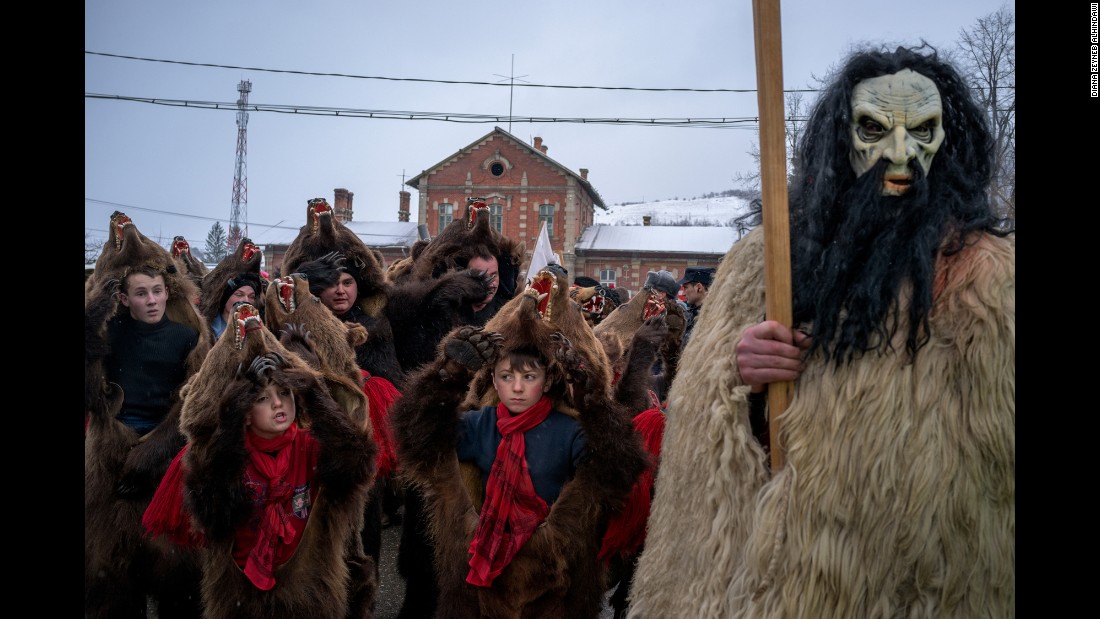
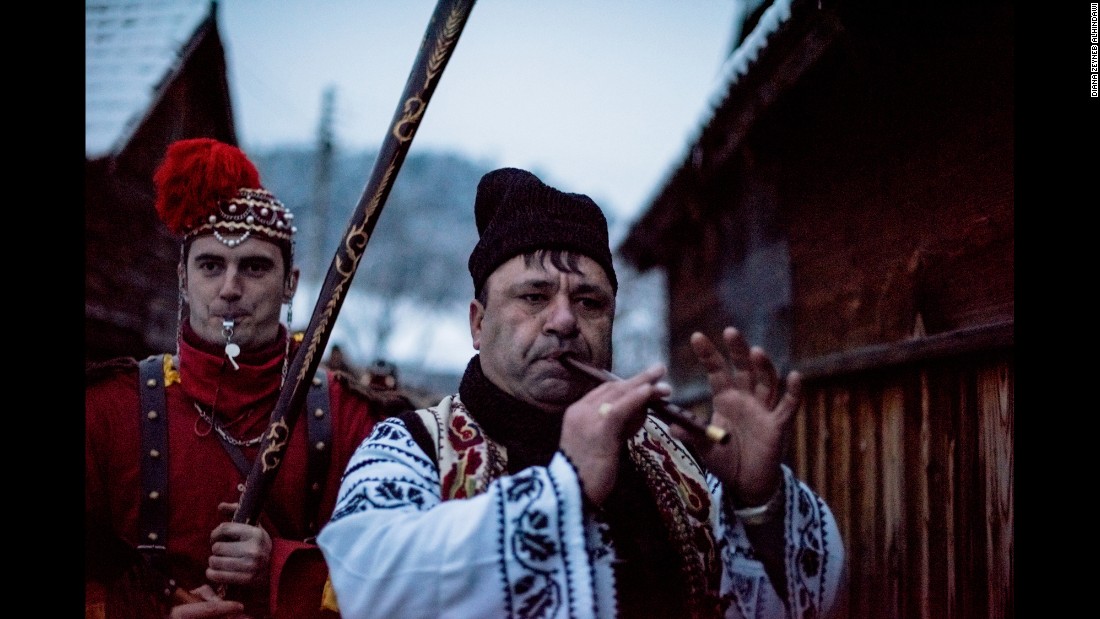
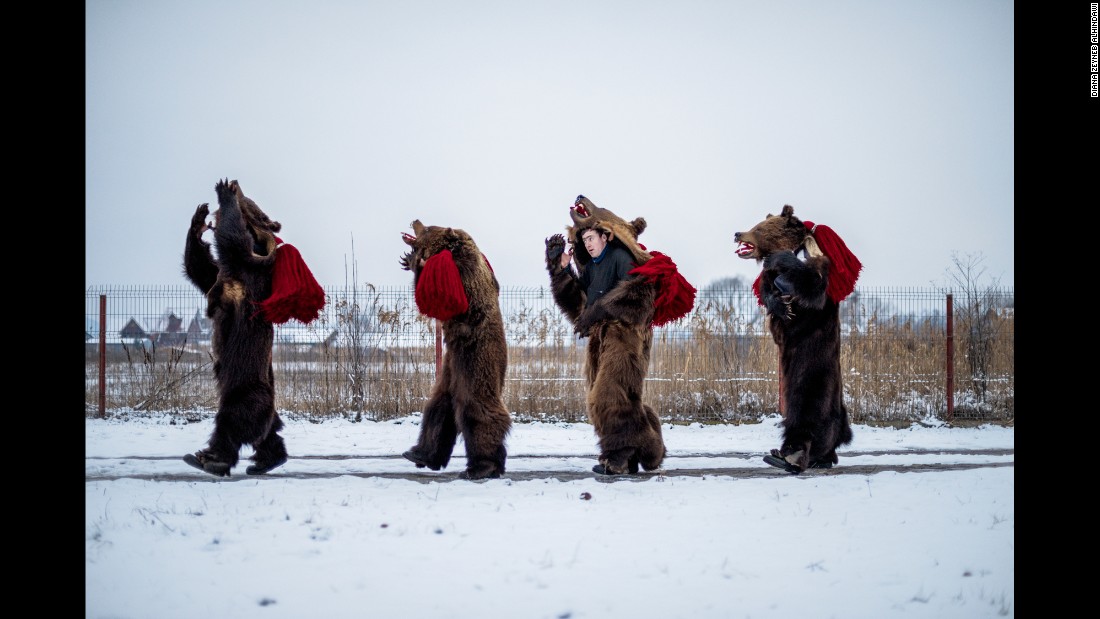
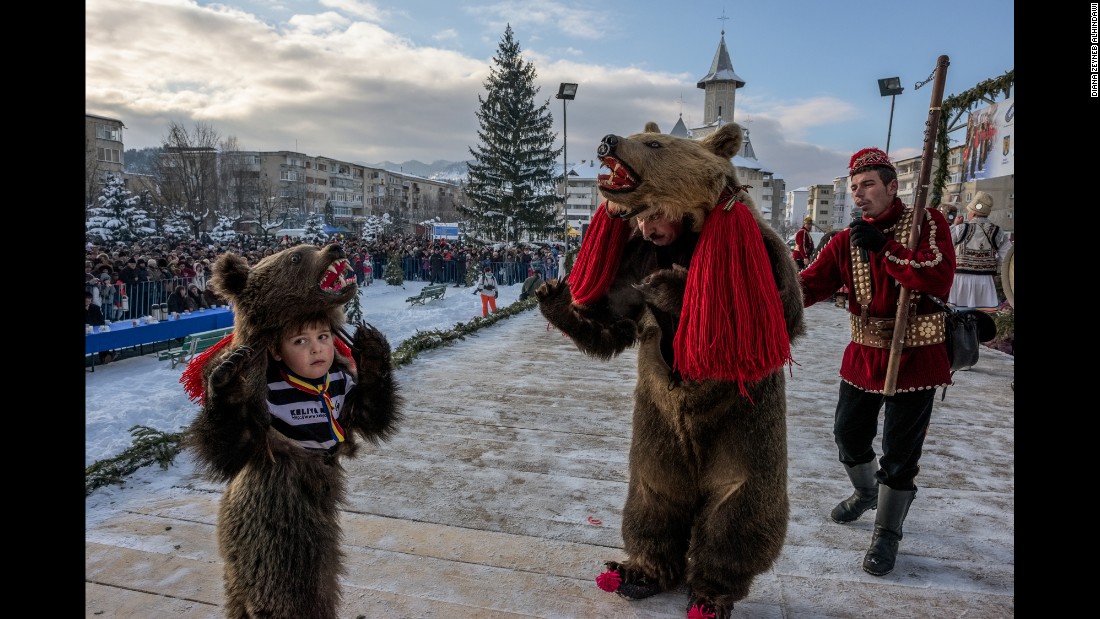
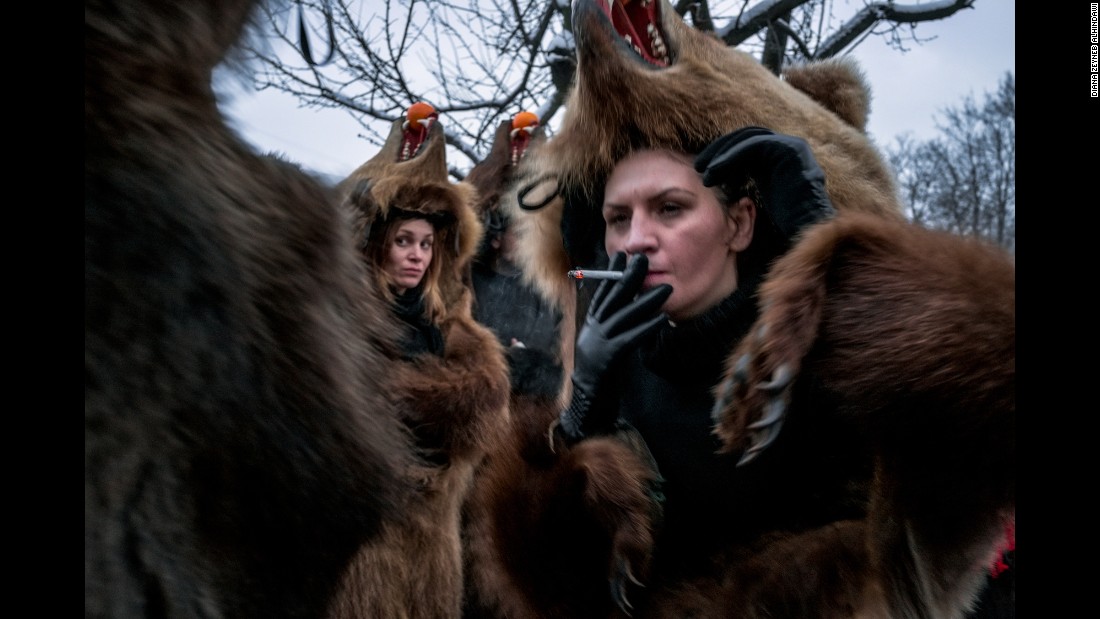
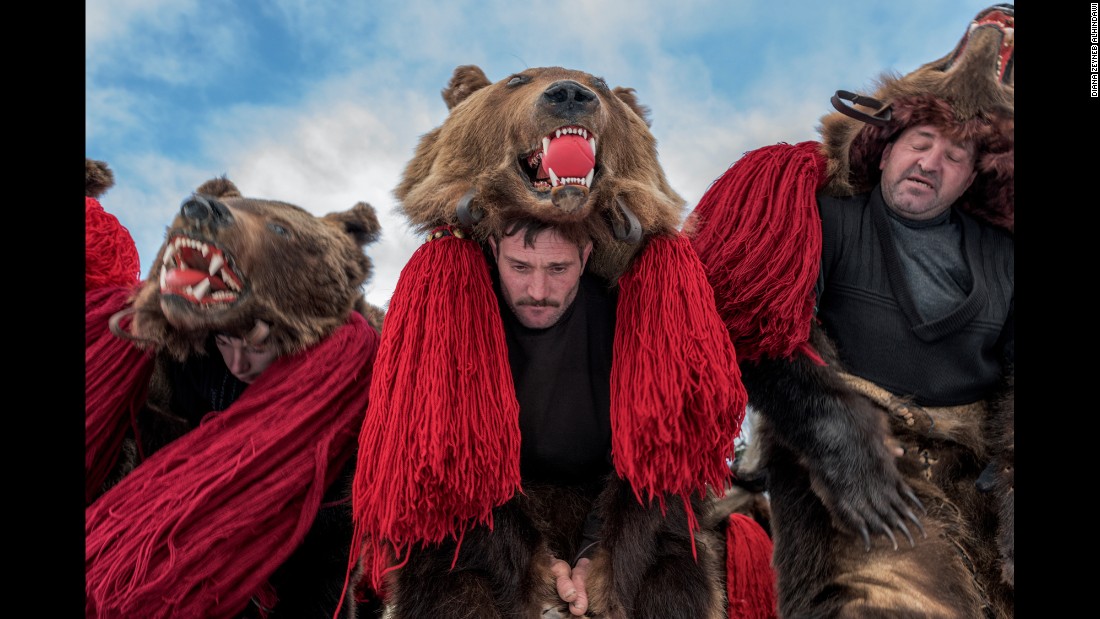
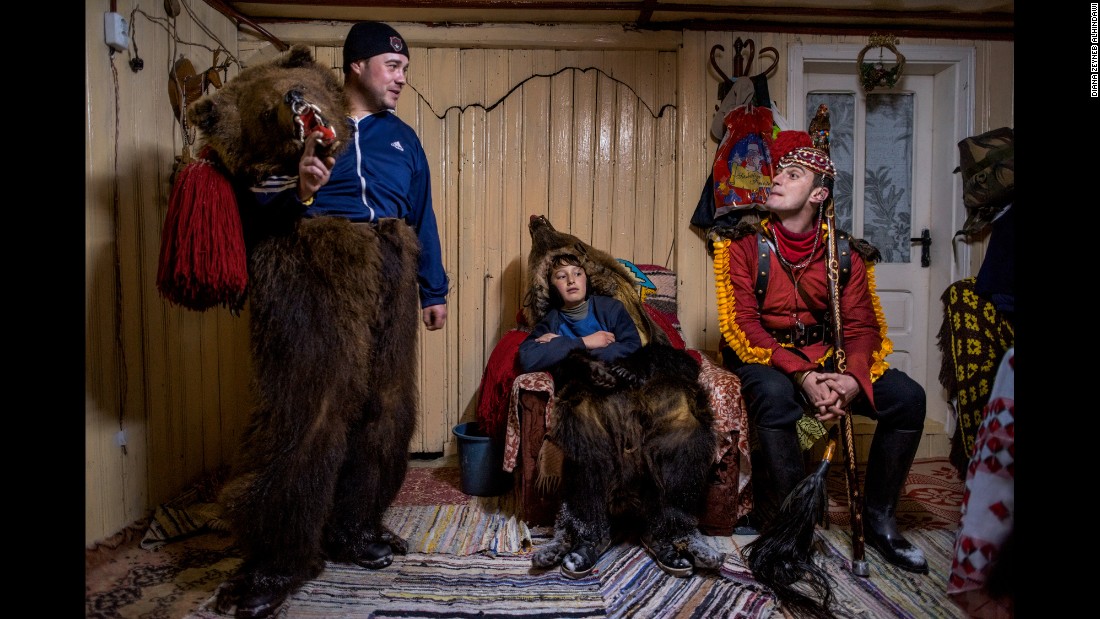
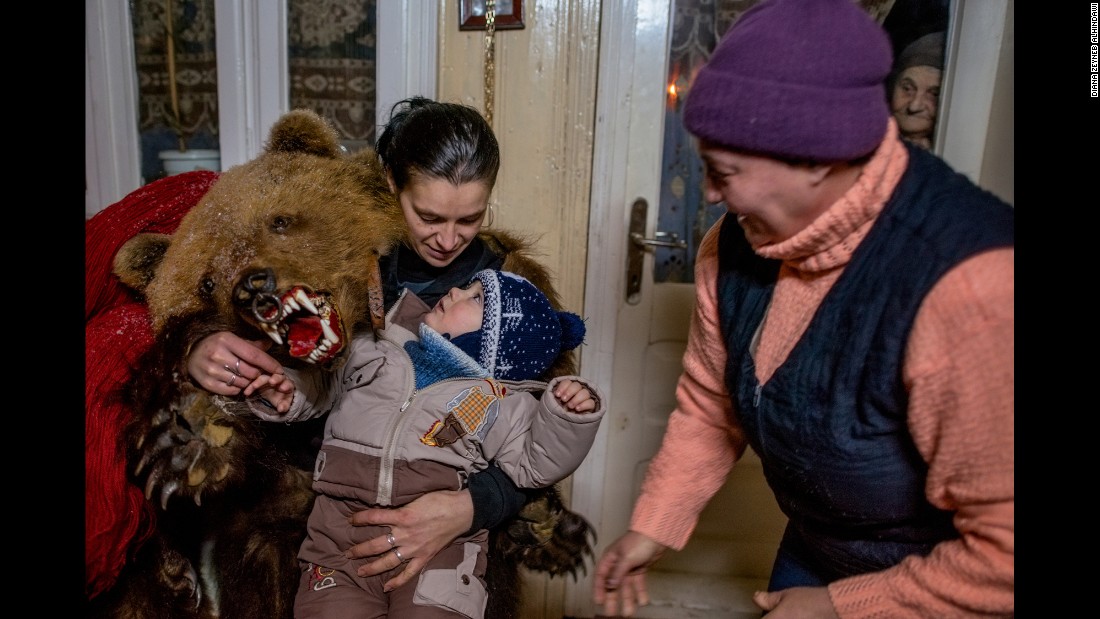
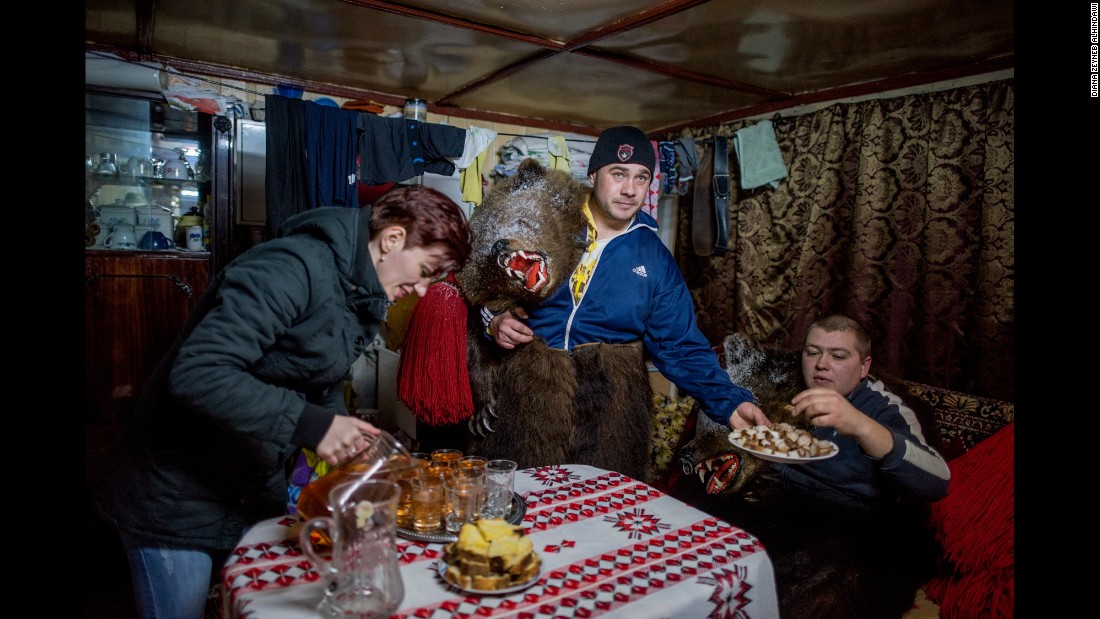
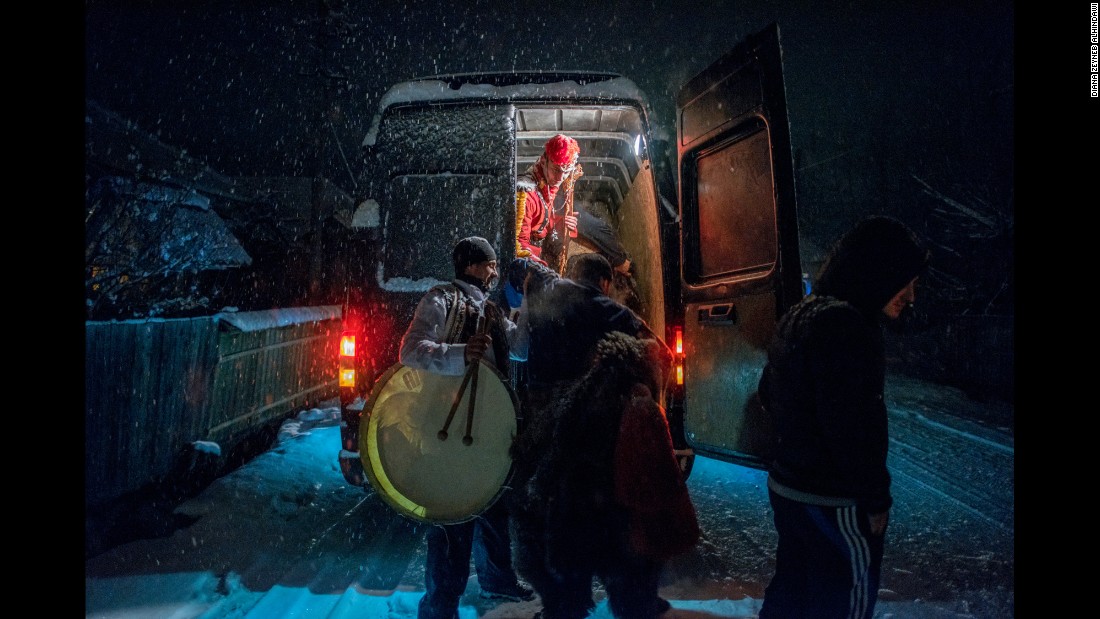
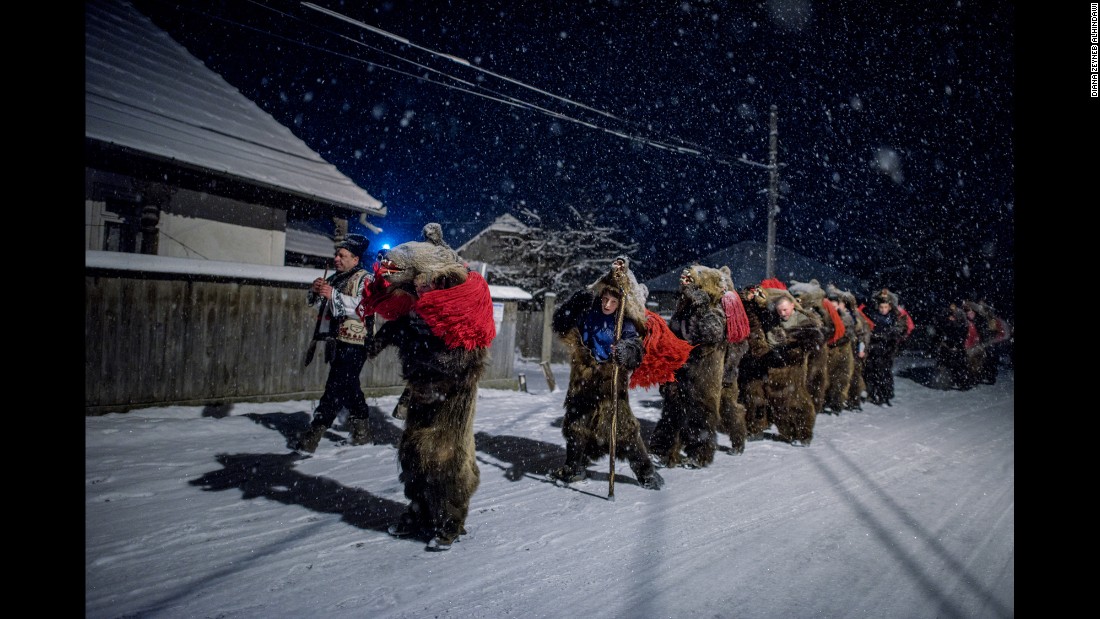
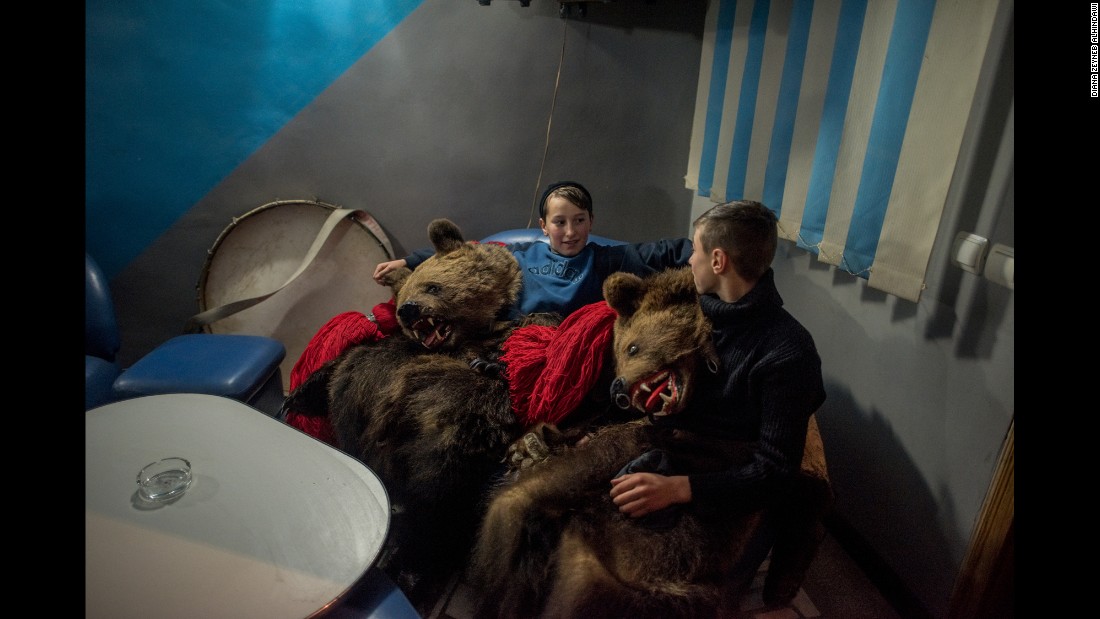
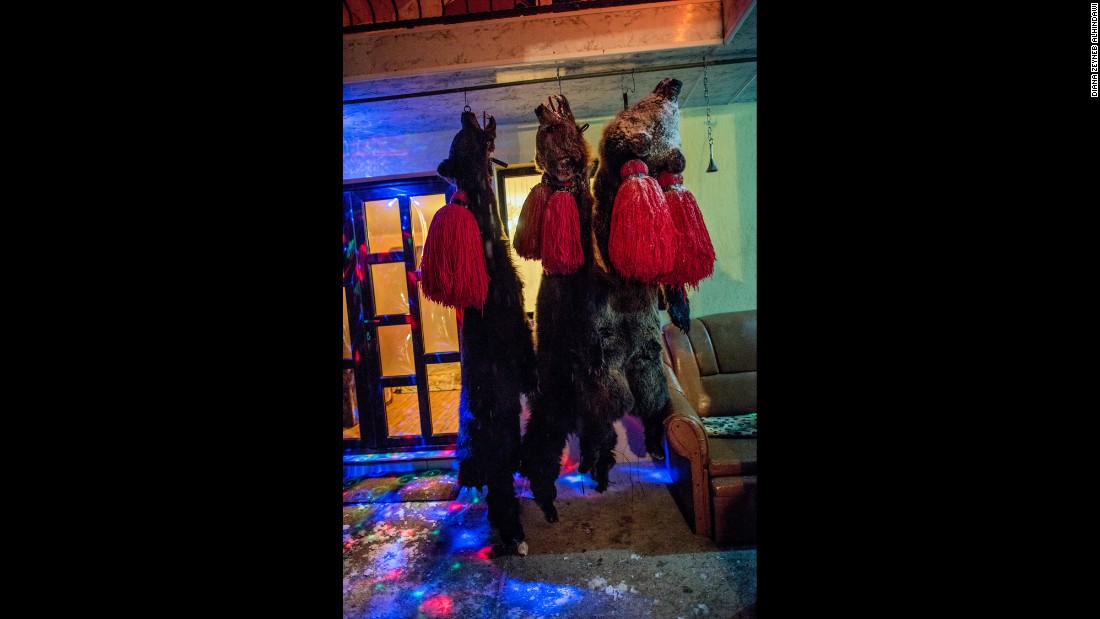
 Одесситы перекрывают улицы из-за отсутствия света: возникают потасовки с водителями (видео)
Одесситы перекрывают улицы из-за отсутствия света: возникают потасовки с водителями (видео) Появились первые фото и видео с места попадания «Молнии» в Николаеве
Появились первые фото и видео с места попадания «Молнии» в Николаеве  Центральный проспект в Николаеве заливают потоки воды — аварийных бригад водоканала не видно
Центральный проспект в Николаеве заливают потоки воды — аварийных бригад водоканала не видно Хотел прорваться на мотоцикле: на Буковине мужчина пытался попасть в Румынию (видео)
Хотел прорваться на мотоцикле: на Буковине мужчина пытался попасть в Румынию (видео) В СБУ заявили, что взорвали в России подводную лодку
В СБУ заявили, что взорвали в России подводную лодку Теракт у пляжа в Сиднее совершили отец и сын: количество жертв выросло, среди погибших - украинец (видео)
Теракт у пляжа в Сиднее совершили отец и сын: количество жертв выросло, среди погибших - украинец (видео) ВСУ взорвали трубу, по которой россияне проникали в Купянск (видео)
ВСУ взорвали трубу, по которой россияне проникали в Купянск (видео) Украина заняла второе место на детском Евровидении-2025 (видео)
Украина заняла второе место на детском Евровидении-2025 (видео) В центре Николаева полицейский автомобиль сбил пешехода (видео)
В центре Николаева полицейский автомобиль сбил пешехода (видео)













